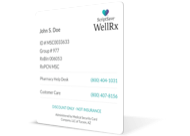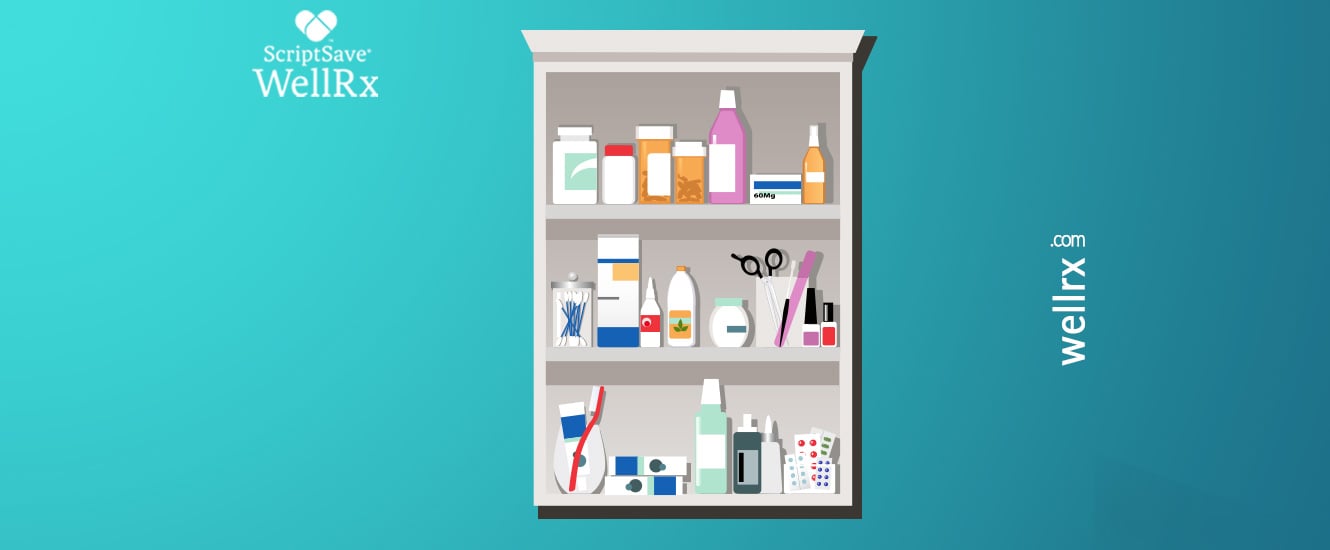Copyright 2024
Medical Security Card Company, LLC
All Rights Reserved
WellRx will never sell your personal information. Period. By signing up I agree to WellRx's terms of use and privacy policy.
By Hunter Rojas, PharmD Candidate, Class of 2021,
University of Arizona College of Pharmacy
August 21, 2020
For most people, signs of RLS (restless leg syndrome) occur at night and before they are going to sleep. If you think you are suffering from restless leg syndrome, you are not alone. RLS is the most common reported sleep-related movement disorder and studies estimate 5-10% of the adult population in the U.S. experience symptoms related to RLS.2
Also called Willis-Ekbom Disease, Restless Leg Syndrome (RLS) is a condition that affects the brain and its ability to prevent muscle contraction. The common symptoms of RLS include the overwhelming urge to move the legs, unpleasant sensations that may occur in the arms and legs, and involuntary jerking movements that occur during times of rest.1
Fortunately, researchers and providers have worked together to further their understanding of what can improve and worsen RLS symptoms.
Many factors may increase a person’s risk of developing RLS. Lifestyle choices may negatively impact RLS, such as smoking nicotine, consuming caffeine, and avoiding physical activity.3 These lifestyle choices may contribute to a worsening of symptoms, but these risk factors are the most preventable.
Health conditions may also play a role in the presence of RLS. Commonly documented conditions in RLS patients include iron deficiency, end-stage renal disease, sleep deprivation, and obesity.4 Newer studies have suggested that an individual’s genetics may also influence risk of developing RLS.3 While this element is not preventable, understanding this genetic component may be important for the future of RLS treatment.
Medications could also be a culprit. Research has uncovered that antidepressants, antipsychotics, antihistamines like diphenhydramine, and anti-nausea medications such as promethazine have all been associated with higher rates of RLS symptoms. Before your provider prescribes any medication for RLS, they should determine if you meet any of these risk factors.
If it turns out that there are not preventable circumstances causing or worsening RLS, medication may be the next step. Medications backed by research to support their use for the treatment of RLS include Dopamine Agonists, Alpha-2-Delta Calcium Channel Ligands, and in some cases iron supplementation.5
Dopamine agonists prescribed for RLS symptoms include ropinirole, pramipexole, and rotigotine. These medications are the preferred therapy for individuals with severe RLS but tend to have more side effects associated with long term use compared to other treatment options.5 Alpha-2-Delta Calcium Channel Ligands include pregabalin, gabapentin, and gabapentin enacarbil and may the drug of choice for individuals who do not tolerate dopamine agonists or who suffer from chronic pain.5 However, calcium channel ligands can also cause side effects. The most important side effects include increased risk of suicidal thoughts, medication dependence, and worsening of breathing caused by some drug-drug interactions.
Iron levels in the body have been suspected to play a role in the management of RLS and may be worth discussing with your provider if you think you are suffering from RLS.6 All of the these medications have demonstrated benefit in managing RLS symptoms but you provider should choose your therapy based off the severity of your symptoms, your age, and other conditions you may have.
If you think you are suffering from RLS, your provider will need to ask you the following questions:7
If you have answered yes to all the above questions, speak to your provider regarding your symptoms. If you’re looking for more information regarding RLS, you can visit www.rls.org (Restless Leg Syndrome Foundation) or yoursleep.aasmnet.org (American Academy of Sleep Medicine).
References:

For your convenience, use the ScriptSave® WellRx mobile app. Now savings are well in hand, right at the pharmacy counter. Save on your family's prescription medicines.
Learn More
Your choice. Get a ScriptSave WellRx Savings Card. Or Download the free mobile app from the App Store or Google Play Store
Get A Card
ScriptSave WellRx Grocery Guidance leverages leading-edge nutritional data science to help you know which food products on your grocery store shelf are truly good for YOU.
Healthy Foods For YouTags:

June 09, 2022

April 26, 2022
You need to log into the site to use this feature
This feature requires registration. Sign up or log in to your free WellRx account to gain access to this and other tools to help make managing your medications and wellness easier.
Benefits Include:
 Store & manage your medication list
Store & manage your medication list
 Medication pricing updates
Medication pricing updates
 Medication information
Medication information
 Pill & refill reminders
Pill & refill reminders
 Medication journal & mood log
Medication journal & mood log
This feature requires registration. Sign up or log in to your free WellRx account to gain access to this and other tools to help make managing your medications and wellness easier.
Benefits Include:
 Store & manage your medication list
Store & manage your medication list
 Medication pricing updates
Medication pricing updates
 Medication information
Medication information
 Pill & refill reminders
Pill & refill reminders
 Medication journal & mood log
Medication journal & mood log
You will be redirected to your program in 5 seconds.
Our Terms and Conditions and Privacy Policy have recently been updated.
By declining you will be logged out of your account